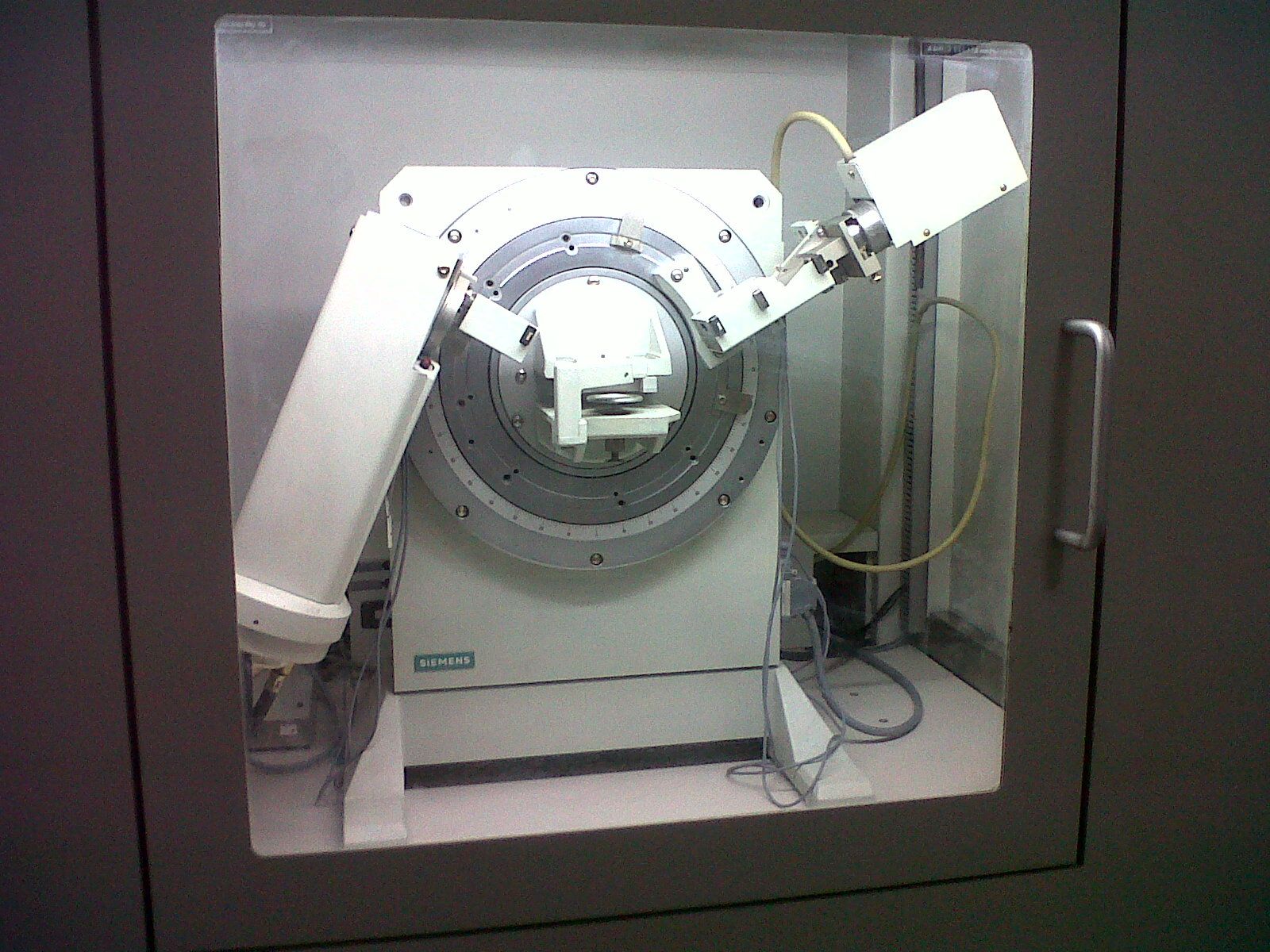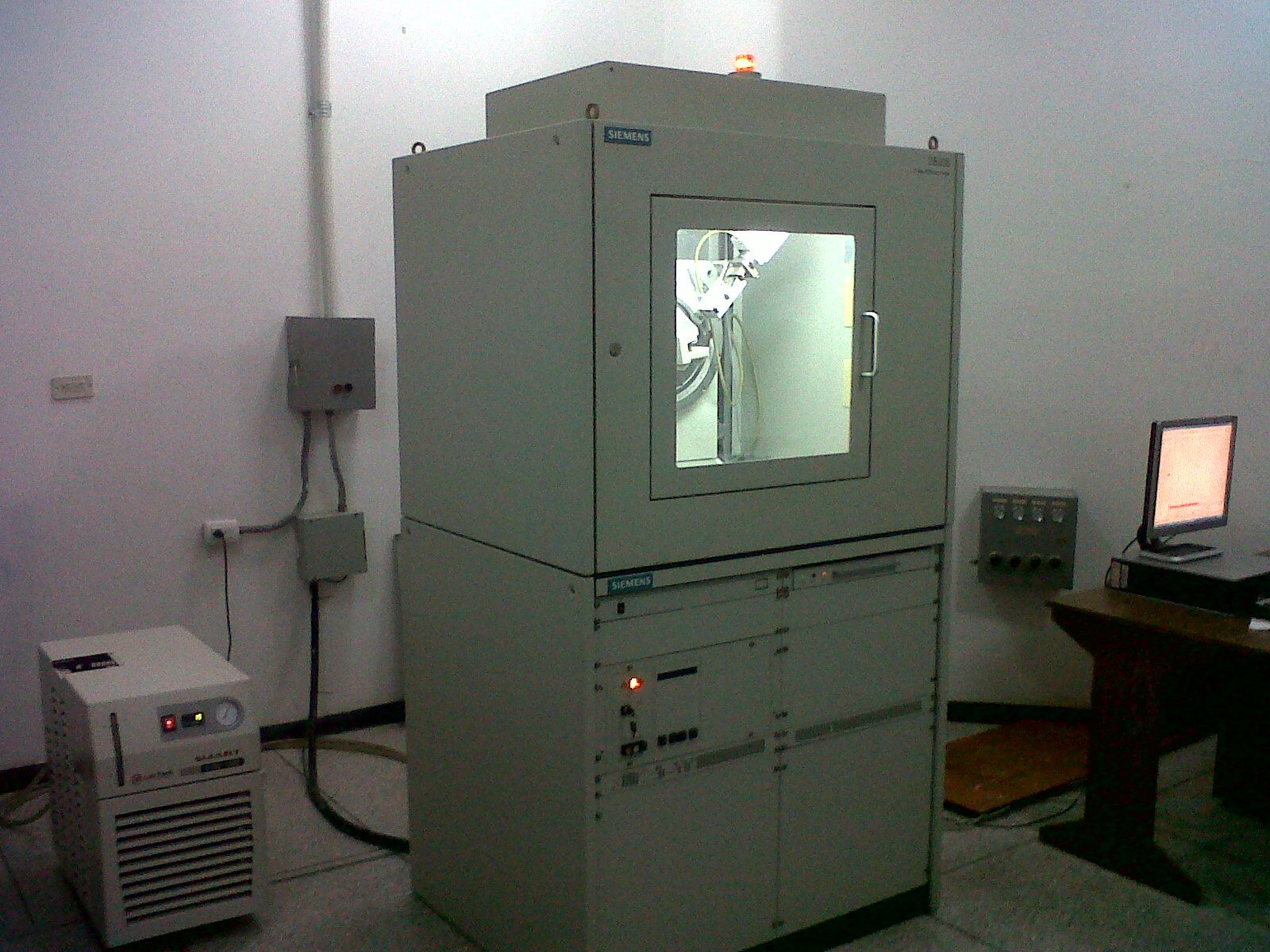Hi Stemians! This week I was a little busy, in some projects. Specifically, in the relocation and maintenance of a X-ray Diffractometer/ Siemens D5000 that is in the institute where I work. This equipment is fundamental for the Characterization of materials through the identification of crystalline phases, quality control, identification of impurities, among other things. In this post I want to show you something of the theory of this technique, its applications and how is the diffractometer.

X-ray diffractometer/ Siemens D5000 (Original picture)
What is X-Ray diffraction?
X-rays are electromagnetic waves with wavelengths in the range of around 0.1 to 100 x 10-10 m. They occur when electrons that move they quickly hit a solid target and their kinetic energy is transformed into radiation. The wavelength of the radiation emitted depends on the energy of the electrons. When irradiated on the sample to be analyzed, the X-Rays are diffracted with angles that depend on the interatomic distances. The analytical method of Random Dust or Debye-Scherrer consists of irradiating with X-rays on a sample formed by a multitude of crystals placed at random in all possible directions. For this the Law of Bragg is applicable: nλ = 2d. sinθ, where "d" is the distance between the interatomic planes that produce diffraction.

X-ray diffraction
Applications of X-ray diffraction
X-ray diffraction is a sophisticated method that is not destructive to analyze a wide range of materials, including fluids, metals, minerals, polymers, catalysts, plastics, pharmaceuticals, thin-film coatings, ceramics and semiconductors, among others.
X-ray diffractometer/ Siemens D5000
The Siemens D5000 X-ray diffractometer is fundamental in the institute where I work, because with it you can study advanced materials such as metals, ceramics and plastics, allowing the identification and quantification of the phases, determination of the degree of crystallinity of the phases , crystallographic structure, orientation and texture of the crystals, analysis of residual stresses, thin film thickness and properties, pore sizes, and others.
 X-ray diffractometer/ Siemens D5000 (Original picture)
If you liked this post, upvote and reesteem!
X-ray diffractometer/ Siemens D5000 (Original picture)
If you liked this post, upvote and reesteem!
References
Jenkins, R., & Snyder, R. L. (2012). Diffraction theory (pp. 47-95). John Wiley & Sons, Inc.


